This Space Available
By Emily Carney
By 1970, budget cuts were forcing NASA to cancel Apollos 18, 19, and 20, and lunar landing sites and scientific priorities were being reshuffled into other missions. In addition, the first Apollo Applications Program space station, by now christened Skylab, would be pushed out to launch in 1973. The U.S. space agency would soon put much of its resources concerning human spaceflight into what would become the Space Transportation System, or what’s better known as the Space Shuttle, which carried the promise of cheap costs per pound into space, and would make spaceflight as routine as commercial airline flights…except when it didn’t. That program, as we now know, was so complex it wouldn’t make it off the ground until 1981. One victim of the nascent Shuttle program was Skylab B, which, too, would be canceled, along with Skylab crewed flights past the third mission.
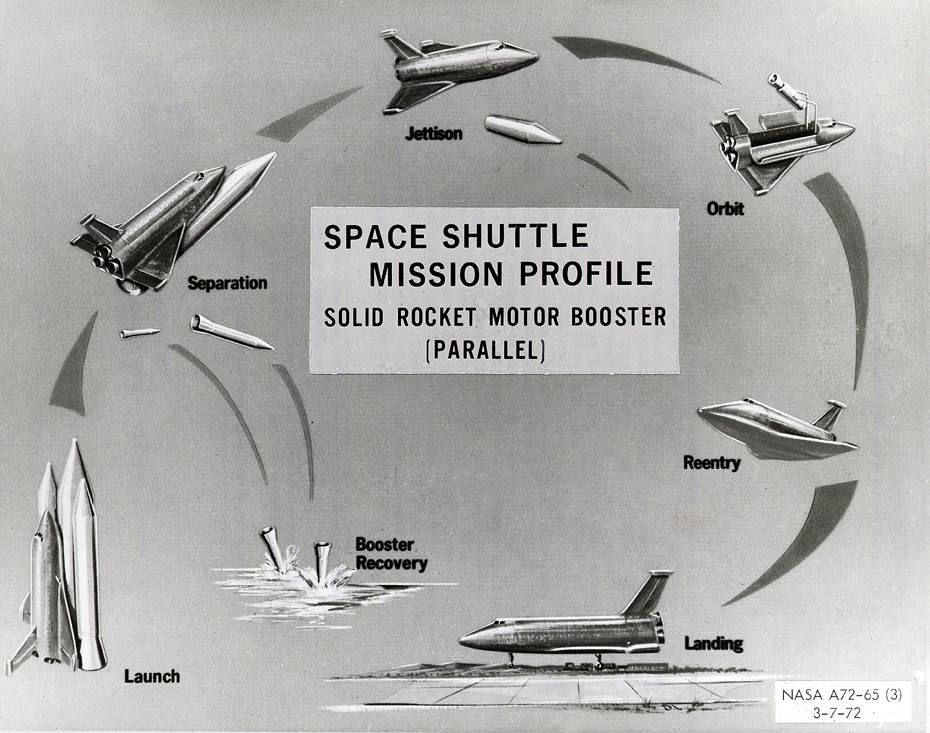
While this chain of events wouldn’t fully unfold until 1973, one astronaut saw the proverbial writing on the wall, and made a valiant attempt to address it. A recently unveiled letter from then-astronaut Dr. Philip Chapman to his fellow astronaut-scientists revealed, in his own words, his frustration with NASA’s lack of a post-Apollo vision, and how NASA was losing its ability to promote its vision – any vision – and hold the public’s interest in spaceflight. Dated August 6, 1970, and typewritten on coffee-stained, aged U.S. Government memorandum paper, this letter was discovered in Dr. William Thornton’s papers, which are accessible via the University of Texas Medical Branch’s Moody Medical Library online. It looks almost as if the letter’s recipient tried to hide its bluntly-worded contents discreetly behind a water cooler.
Chapman’s epistle is entitled “Icebergs Ahead,” and used the 1912 sinking of the Titanic as a metaphor for the then-current state of the space program. Chapman wrote:
It is surely clear by now that the titanic manned space program is not as unsinkable as it may have seemed a year ago. We have very few friends left, in the scientific community, in Congress, or amongst the general public. The budget withers, interest sags, the “middle option” for the ‘70s program seems more and more an illusory pipe-dream, and there is little sign of any effective action, inside NASA or out, to reverse the trend. The latest blow was [Wernher] von Braun’s statement last Monday, at the NAS meeting at Wood’s Hole, that OSSA’s $400 million budget proposal for Skylab B experiments has shot that vehicle out of the sky. If you will forgive the metaphor mélange, I think it is high time to consider whether there is anything we can do as a group to shore up a bulkhead or two, or whether we should be prepared merely to come to attention on deck as the ship founders beneath us.
Moreover, Chapman doesn’t shy away from addressing areas that he believed were holding NASA back from a prosperous post-Apollo future:
I would indict NASA on at least the following counts:
1) Failure to spread understanding of the importance of the program. We have relied on spectaculars and the space race, both of which are ineffective now – everything is anticlimax after Apollo 11, and the Russians are (seemingly) out of the running. What we are doing will be remembered when Vietnam and even the whole communist-capitalist struggle are as dusty as the Peloponnesian Wars, but there is little public awareness of what a remarkable thing it is to be living now.
2) Failure to develop a coherent and imaginative plan for what we are trying to do in space in the ‘70s. Planning for new generations of vehicles is generally fairly well done, but there is no strong central authority accepting responsibility for what we will do once in orbit. The nation will clearly no longer accept getting into space as an end in itself and there will be no program unless we exhibit a total commitment to truly significant and cost-effective work in space in science and applications.
Chapman also identified “[failure] to adapt managerial policies that were effective during the massive, time-critical phase of Apollo, when cost effectiveness was subordinate to getting the job done, to the realities of the operational and utilitarian program of this decade.” He used the then-developing Skylab program as an example. In this letter, he predicted – more than once – that Skylab B, which would be his (and other astronaut-scientists’) chance at a ride into space during the 1970s, would be all but consigned to a scrap heap.
Skylab B wasn’t consigned to a scrap heap, but it would end up as a display inside the Smithsonian Air & Space Museum in Washington, D.C., never having gone anywhere near space. Chapman, who died on April 5th this year at age 86, would later state in Colin Burgess’ book Shattered Dreams, “The Skylab in which I had hoped to live is now a tourist attraction…I sometimes visit it when I am in Washington, but it is very sad to see it wasted.” NASA’s commitment to the Shuttle program along with the Skylab B cancellation cemented Chapman’s decision to resign his NASA post in July 1972. No astronaut from his group would fly until late 1982, when Joe Allen and Bill Lenoir would fly on STS-5. Chapman wouldn’t be the last astronaut-scientist from the 1967 “Excess Eleven” group to resign his post; in September 1973, Donald Holmquest would too leave the fray (Anthony England had departed in 1972 to work with the U.S. Geological Survey, but magically was allowed to return in 1979, and even made one Shuttle flight).
The remaining Skylab space station would house only three astronaut-scientists from the 1965 astronaut group during its 1973 to ‘74 prime. The only crewed spaceflight following Skylab’s three missions was the Apollo-Soyuz Test Project, which marked Apollo’s swansong in July 1975. Whether his viewpoints were appreciated or not, Chapman’s predictions concerning NASA’s human spaceflight program during the 1970s, circa 1970, turned out to be correct.
Maybe it’s best if we end this piece with Chapman’s own words from August 1970, a time when he began to realize his opportunities to make a spaceflight would likely not become a reality until well into the 1980s:
The basic message I am trying to put across here is a call to action in defense of the program, and I would certainly welcome any suggestions for other things we might do. Phil

The full letter is accessible via this link.
Featured Image Credit: Dr. Philip Chapman’s memo to fellow astronaut-scientists from August 6, 1970, accessed via https://utmb-ir.tdl.org/handle/2152.3/563
*****
Emily Carney is a writer, space enthusiast, and creator of the This Space Available space blog, published since 2010. In January 2019, Emily’s This Space Available blog was incorporated into the National Space Society’s blog. The content of Emily’s blog can be accessed via the This Space Available blog category.
Note: The views expressed in This Space Available are those of the author and should not be considered as representing the positions or views of the National Space Society.

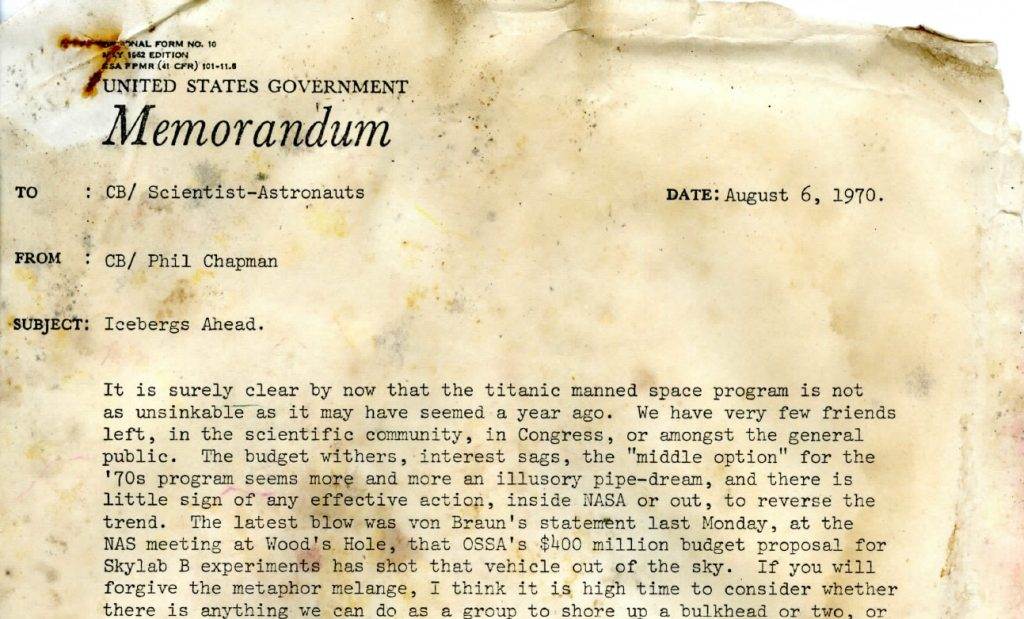
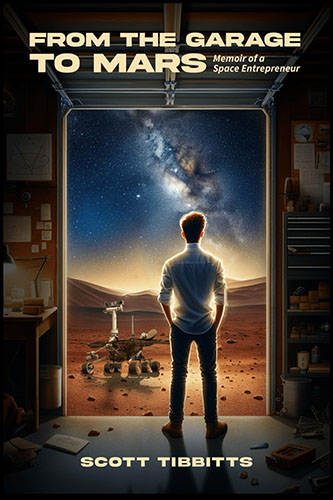
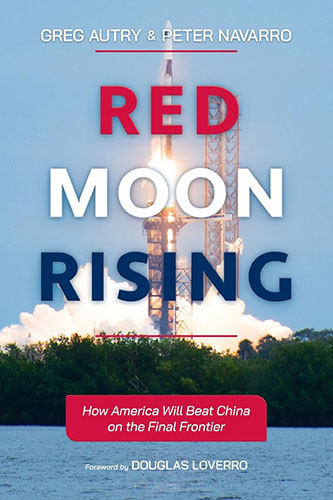
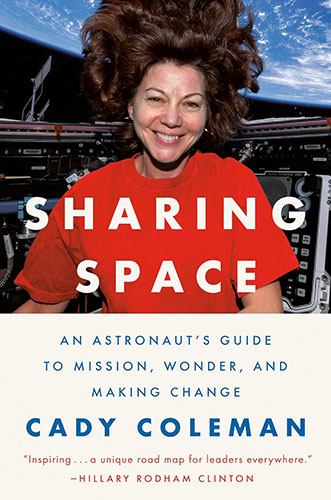
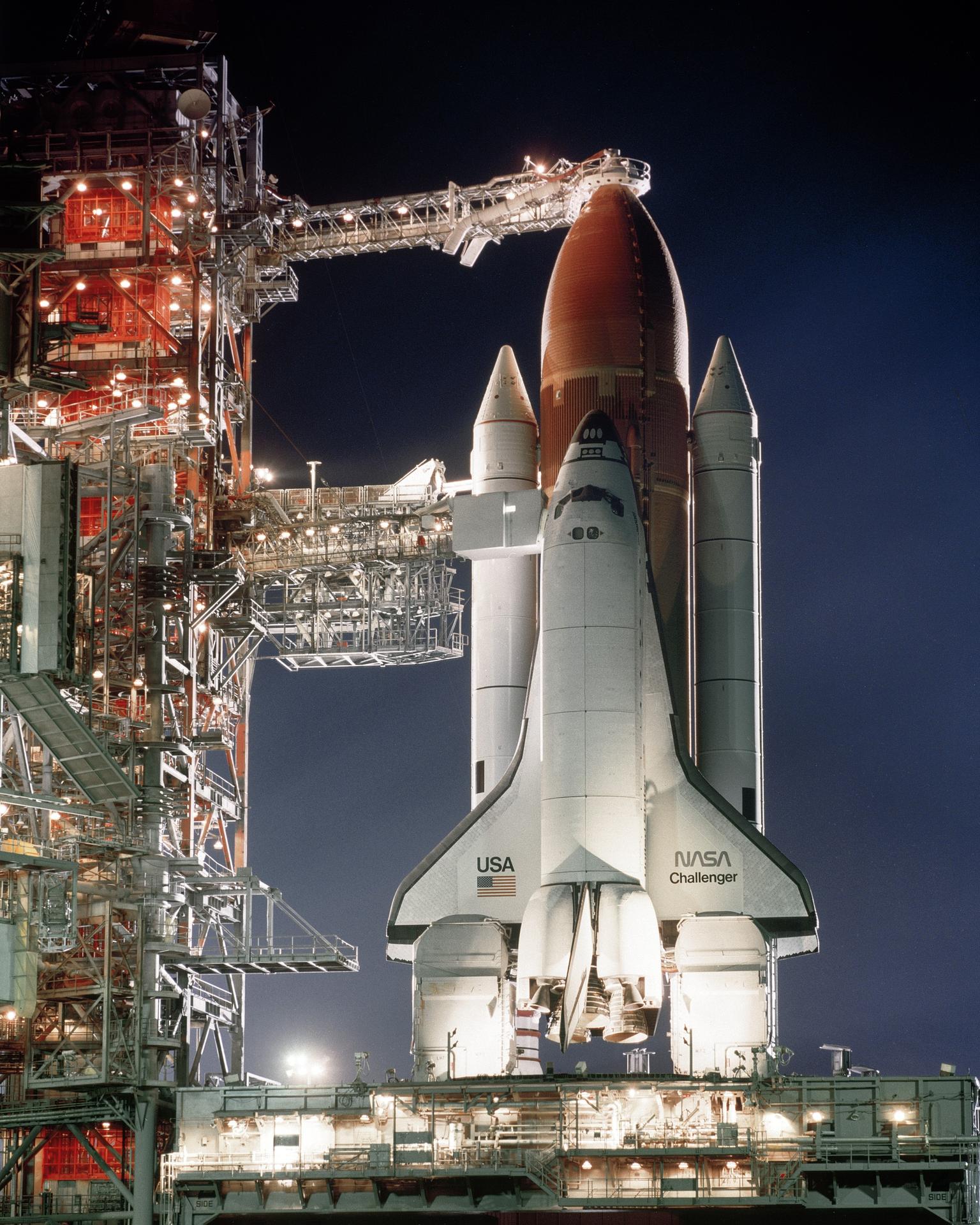

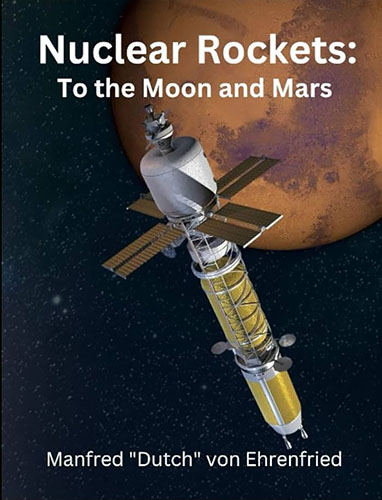
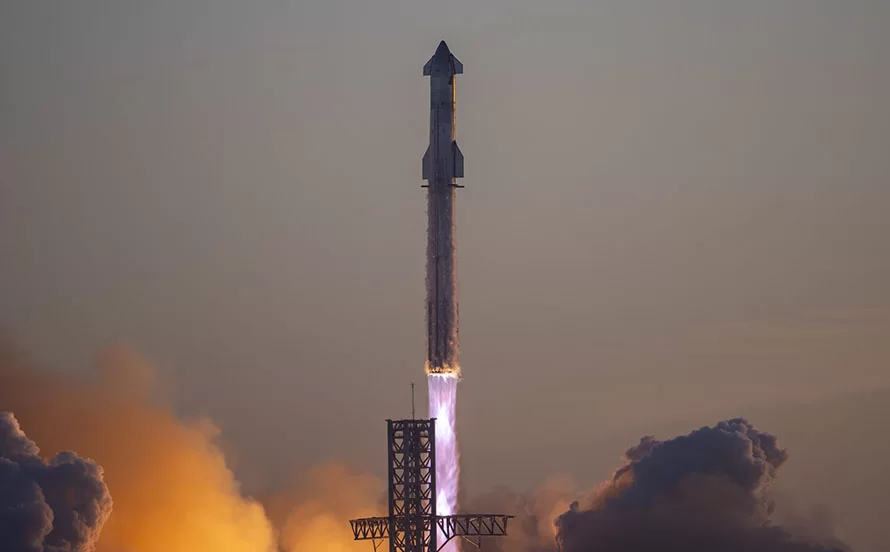
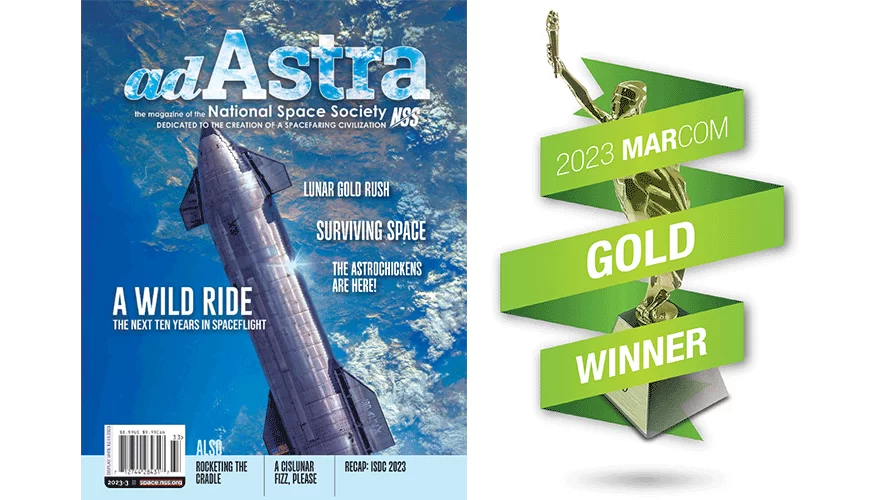
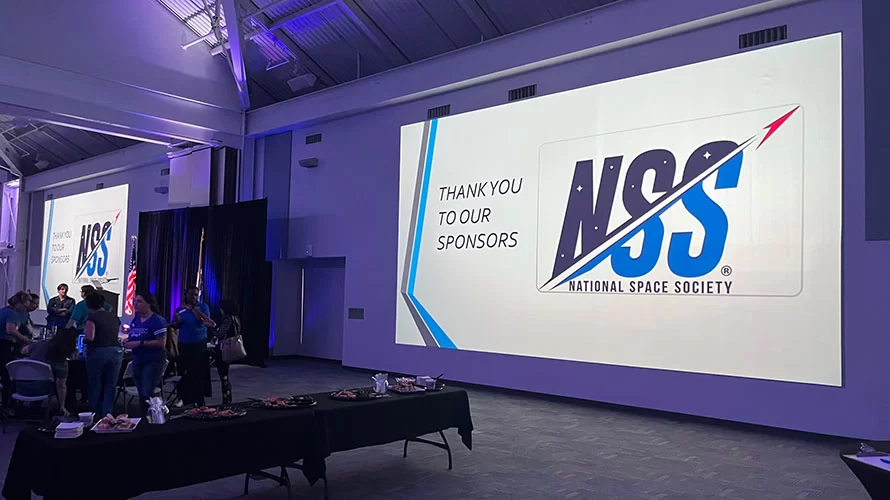
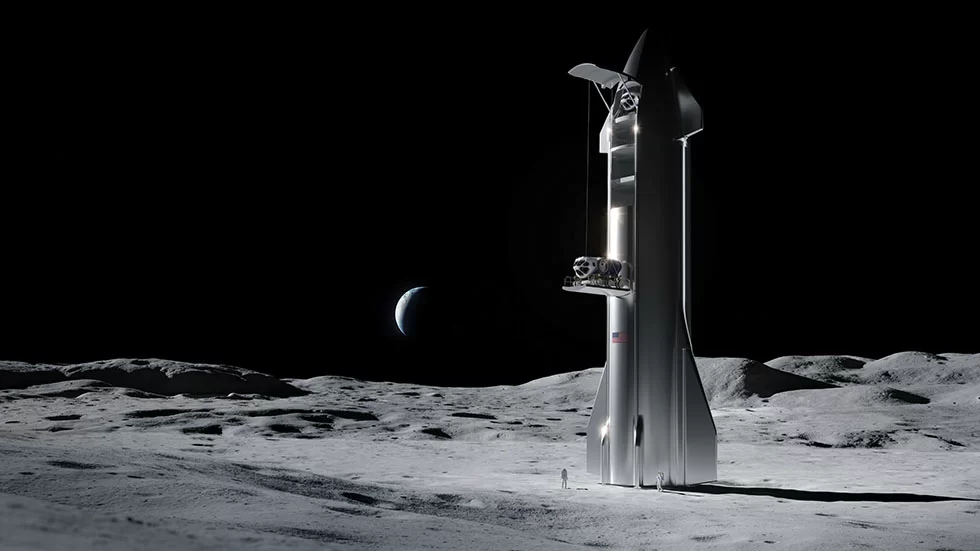

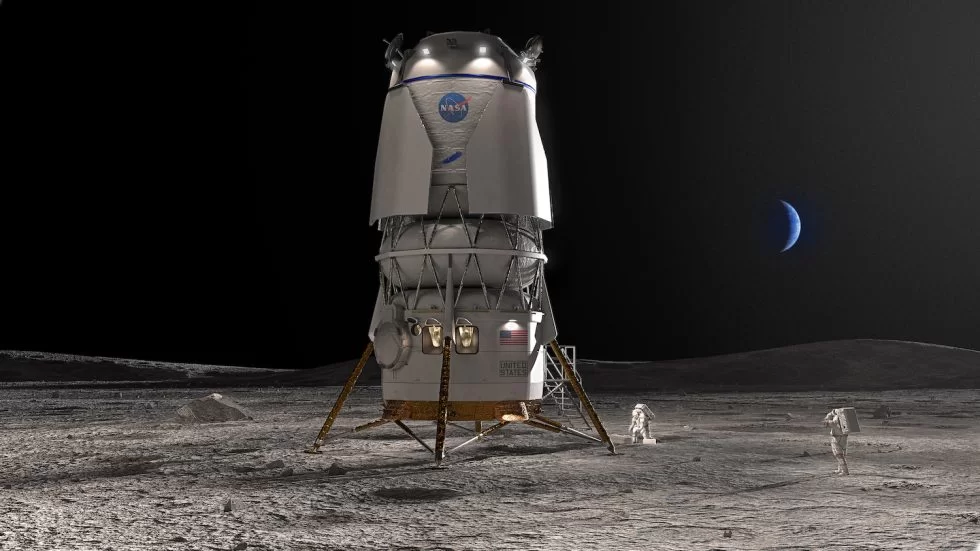
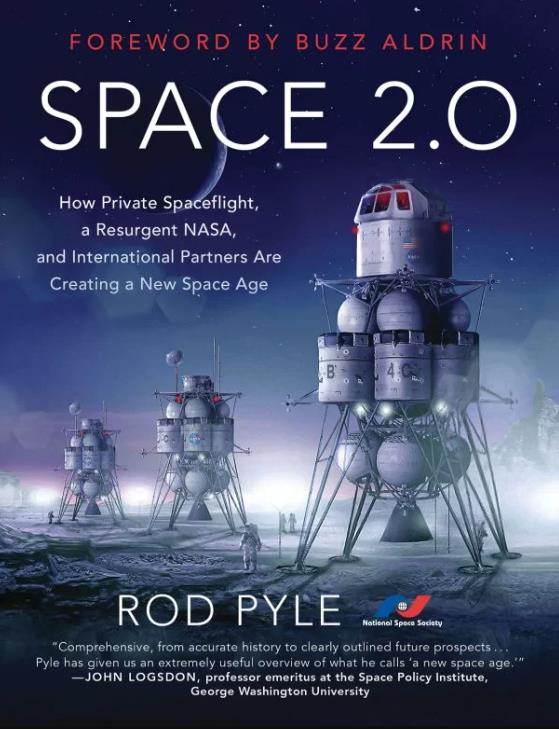
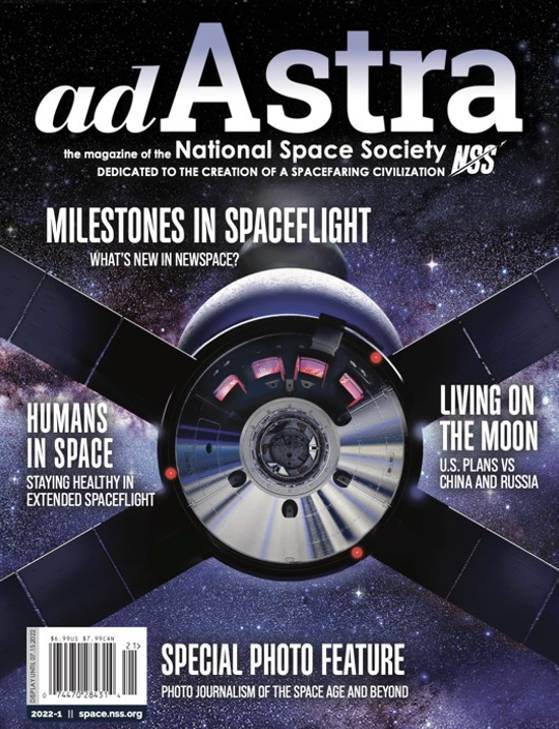
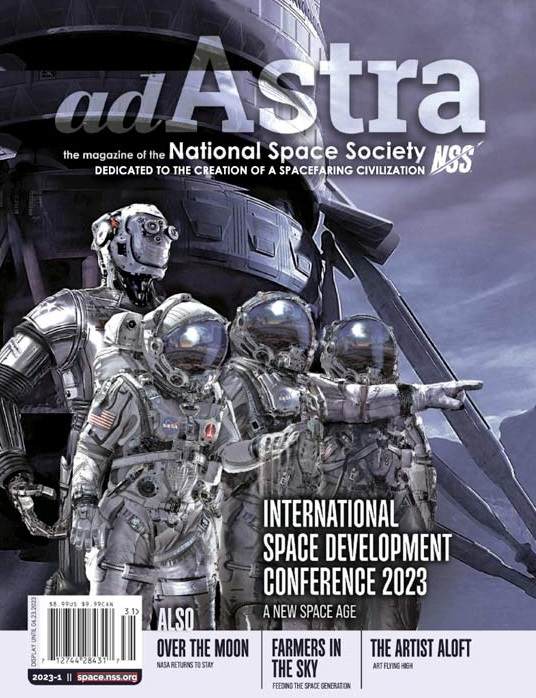


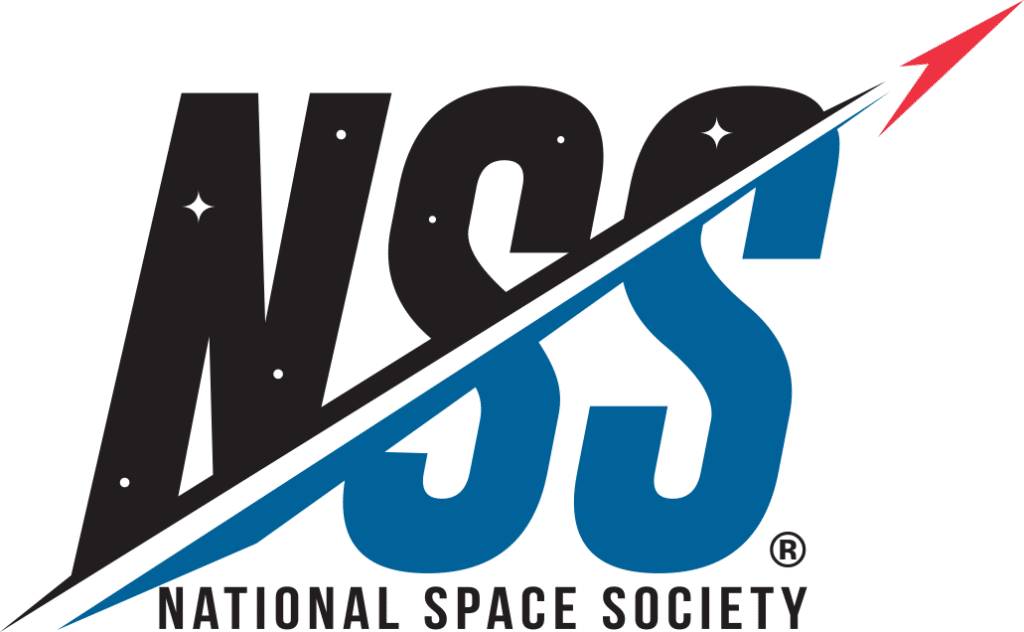
4 thoughts on “Icebergs Ahead: The 1970 Letter That Predicted NASA’s Future in Human Spaceflight”
America’s space program was in many ways, a victim of its own success. The program was created at the height of the Cold War, the vision of a young American president-in response to a perceived challenge. JFK, was able to harness widespread support, under these political circumstances. However, America would change a lot in the sixties. There was always the nagging reality that America in space was a one trick pony. We were going to the Moon for a reason-to show the world America was better, stronger, and smarter-and America accomplished this. Supporters had a great man to point to, JFK, a young man struck down-we would do it for him. When America was united, and hitting on all cylinders-no one could compete with us. In the end this national mindset-that the space program was created for just one reason, kind of sunk in. There was another problem. As they say-the squeaky wheel gets the grease-and the grease isn’t always good. The space program had somehow become the squeaky wheel for a government waging an endless war in Vietnam, and against poverty. As a pre-teen riding south on I-95 in 1973, and witnessing the ramshackle homes of Black Americans just off the highway-I can assure you the poverty was real-I saw it myself. The space program became a political example of both America’s might, and her callousness. It was a bad time in many ways. Vietnam, social unrest, with Watergate looming. The situation was bad in 1970, and it would only get worse, through the resignation of President Nixon. People, quite frankly, were tired. Under these conditions, NASA searched for a second act. Like a performer who has amazed the audience, dazzled the masses-what to do next? Mars, was really the only thing that caught the imagination. It would appear that us humans need to have a place to go, a destination. Flying around in circles, in orbit, did not capture the public’s imagination-after a show like going to the Moon. In hindsight could NASA have done anything to improve the situation? Would a better informed public have continued their support? Perhaps, but this was always an uphill battle and hindsight is always 20/20. The reality was that political hatchet men had it in for NASA’s budget-on both sides of the aisle-there is plenty of blame to go around. NASA, basically survived because it became an important economic feature in certain states-and because the Department of Defense wanted it. In other unkind words-NASA became pork-with a certain level of military importance. You remove these two components-and NASA would be gone. It was no miracle that NASA survived-it survived as any appendage of the American government survives-pork and necessity.
Department of Defense had no need for NASA. NASA actually took resources from the DOD
Thank you, Emily, for posting. Whether or not one agrees with Phil Chapman’s position, that memo’s historical significance is it explains the point of view of a well-informed and commited space activist. The visual of the brown and damaged paper is especially compelling. Are you in touch with Kerrie Dougherty, a historian who researches the Australian space program?
Hello Maria – I do know her a little on social media, she did a really great article on Phil a few weeks back that I saw. Thank you for your kind words…I think this memo is evidence of the turning point NASA was at during that time, and Phil felt it acutely.